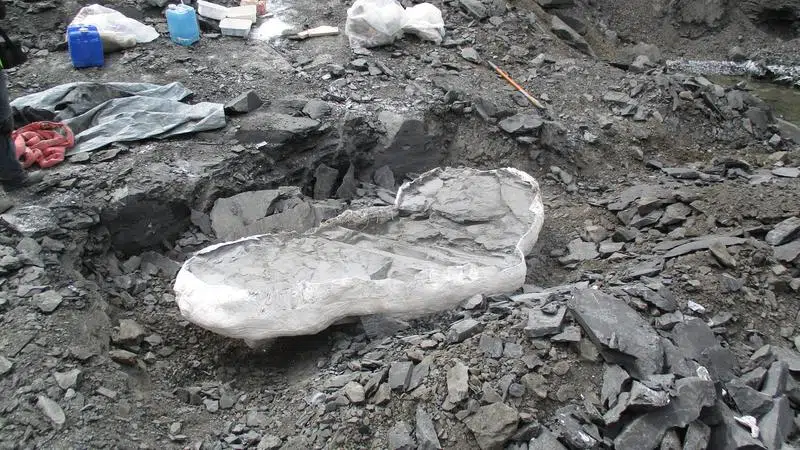
Fossil of Jurassic World’s “sea monster” found south of Lethbridge
LETHBRIDGE, AB – When crews with the Enchanted Mine were looking for ammonite on June 12th, they found something entirely different, the fossil of a Mosasaur.
When they made the discovery, they immediately gave Dan Spivak, the Head of the Resource Management Program at the Royal Tyrrell Museum of Paleontology, a call.
It took about a week for Spivak and his personnel to make the trek to an area along the Old Man River, extract the fossil, and bring it back to their lab.
“It’s a type of marine reptile that lived in the shallow, warm sea that covered much of Alberta about 72-million years ago.”





